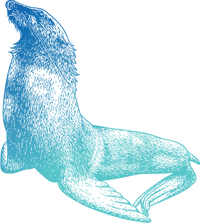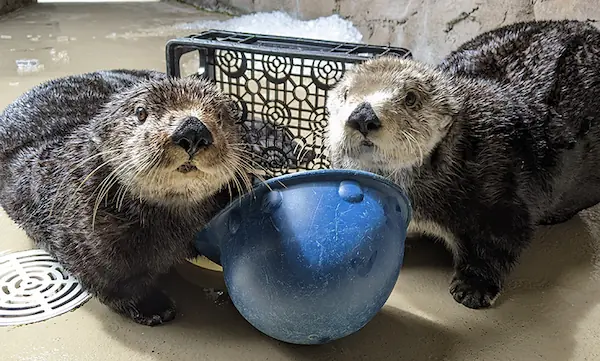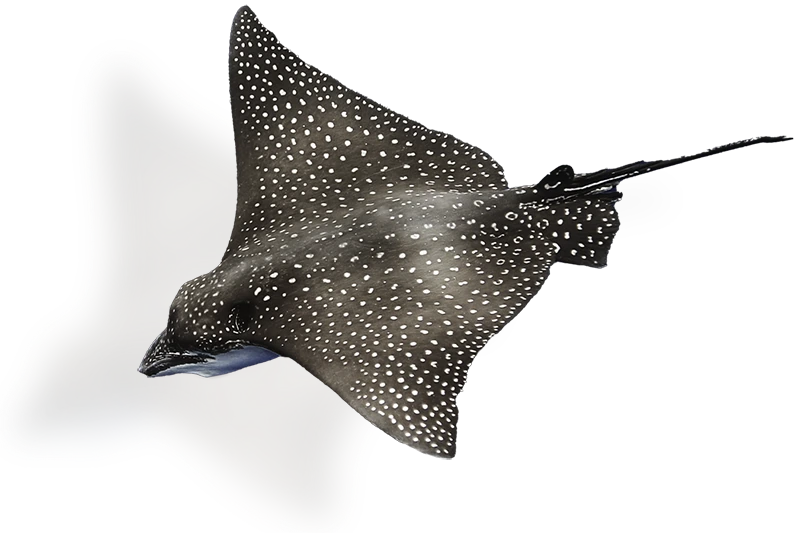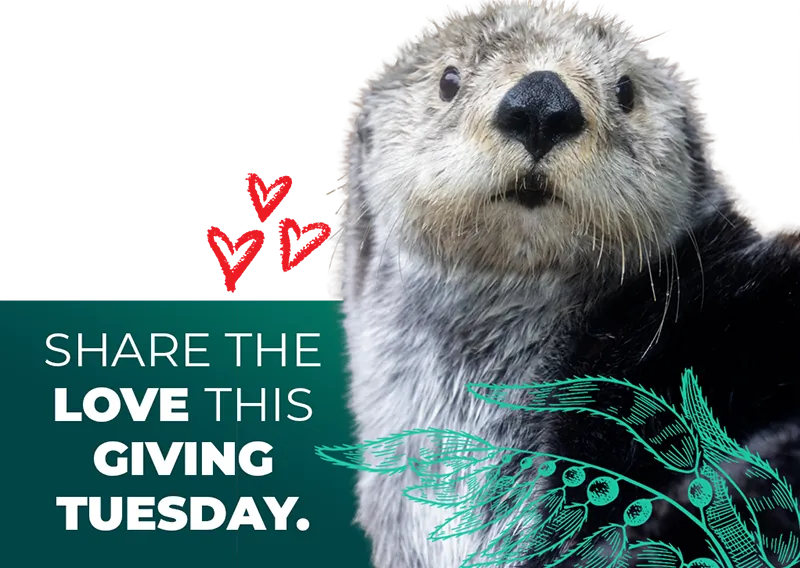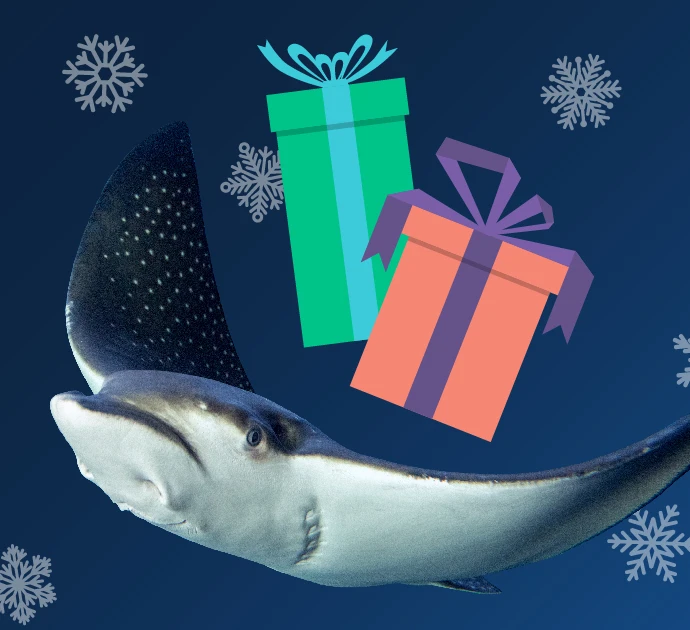Kelp forests play an integral role in Puget Sound’s ecosystem. Washington state is home to 22 species of kelp—more than anywhere else in the world apart from Japan. Bull kelp is the most prolific species, easily identifiable from its size: the stalk, called a “stipe,” can reach up to 100 feet (30 meters) tall.
Underwater forests formed by bull kelp are important parts of the West Coast’s ecosystem, and they are hotspots of biodiversity. They provide food and shelter for other species, including many with whom we humans interact and benefit, like salmon and pinto abalone.
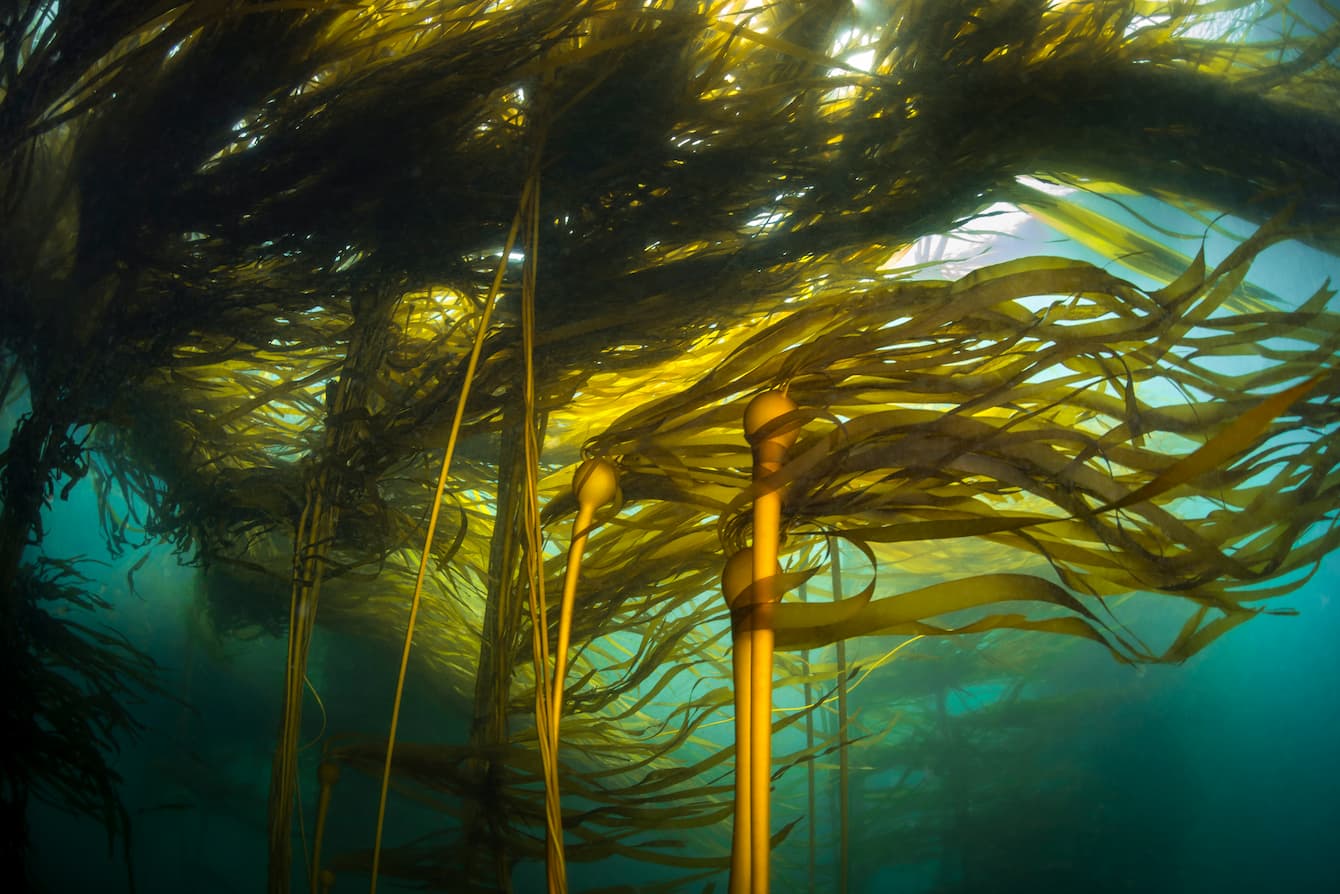
Bull kelp is not only beautiful—It provides food and shelter to many beloved local marine species. Join our Youth Ocean Advocates and partners in their quest to make bull kelp forests the official marine forest of Washington state.
A bill to help bull kelp
A Seattle Aquarium Youth Ocean Advocate, Sebastian, developed the idea for House Bill 1631 in consultation with the Puget Sound Restoration Fund. This bill, championed and sponsored by State Representative Greg Nance (23rd district) and currently under consideration in the state legislature, would designate bull kelp forests the official marine forest of Washington. State symbol bills are a fun way to raise awareness about features of our state—often flora and fauna—that are important to Washingtonians.
It’s critical to emphasize the importance of bull kelp right now because approximately 80% of bull kelp forests have disappeared, particularly in the south and central Puget Sound. While we’re still learning more about the threats to bull kelp (as well as other kelp and eelgrass species), warming water temperatures, ocean acidification and nearshore development have significantly contributed to its decline.
Sebastian was inspired to educate more people about the importance of bull kelp forests.
"These underwater ‘forests’ are so special to me because their lives hold up countless other lives, from humans like us, to salmon, orcas, pinto abalone and many more."
—Sebastian, Seattle Aquarium Youth Ocean Advocate
“But unfortunately, bull kelp (like other amazing species) is in dire need of help,” Sebastian says. It’s true—most people don’t know about the critical importance bull kelp forests play in the health of the Salish Sea. Bull kelp forests provide resting and foraging grounds for migrating salmon and even help sea otter moms avoid losing their pups, as they tether the pups to the bull kelp while they forage for food.
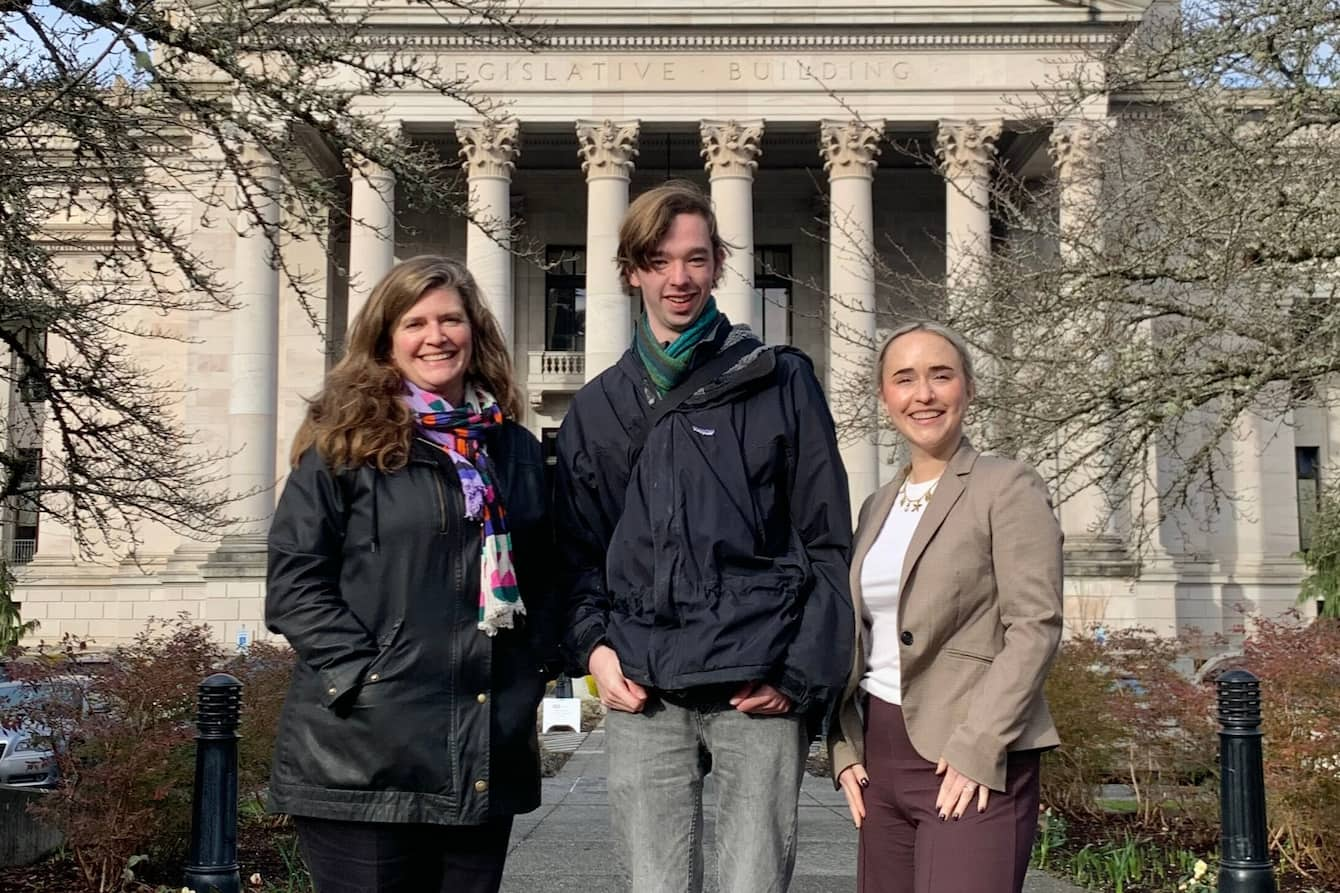
Left to right: Jodie Toft of Puget Sound Restoration Fund, Youth Ocean Advocate Sebastian and Miguela Marzolf of the Aquarium.
“Part of something that magnifies our shared connection”
HB 1631 has helped Mik, another Youth Ocean Advocate, learn more about bull kelp and the marine environment. “Bull kelp has opened new doors and shed light on the interesting aspects of food chains and biodiversity that I did not know about before,” Mik says. “Throughout the past few months of working on this with amazing people, I’ve become more and more immersed in a world of marine consciousness and government action than I had before. Bull kelp may be overlooked by many, but it’s allowed me to meet new people and learn more about local waters. It’s easy to tell how much staff and volunteers at the Seattle Aquarium care about Puget Sound, and I’m lucky to be a part of something that magnifies our shared connection.”
Youth Ocean Advocate Ellen claims she used to “take bull kelp forests for granted.”
“They’re very inconspicuous,” she says, “always pictured in the background of images showing sea otters playing or colorful schools of fish.” Ellen hopes that HB 1631 will help bring bull kelp forests into the public’s attention.
"I got involved in advocating for bull kelp forests to be made a Washington state symbol because I believe that the importance of kelp must be recognized—but more than that, that the entire bull kelp forest ecosystem must be valued and considered with the same regard as our forests on land."
—Ellen, Seattle Aquarium Youth Ocean Advocate
Sebastian, Mik and Ellen hope that, as working on the bill has helped them learn new concepts, making bull kelp an official state symbol will help educate more of the public about its importance in maintaining a healthy and productive Salish Sea.
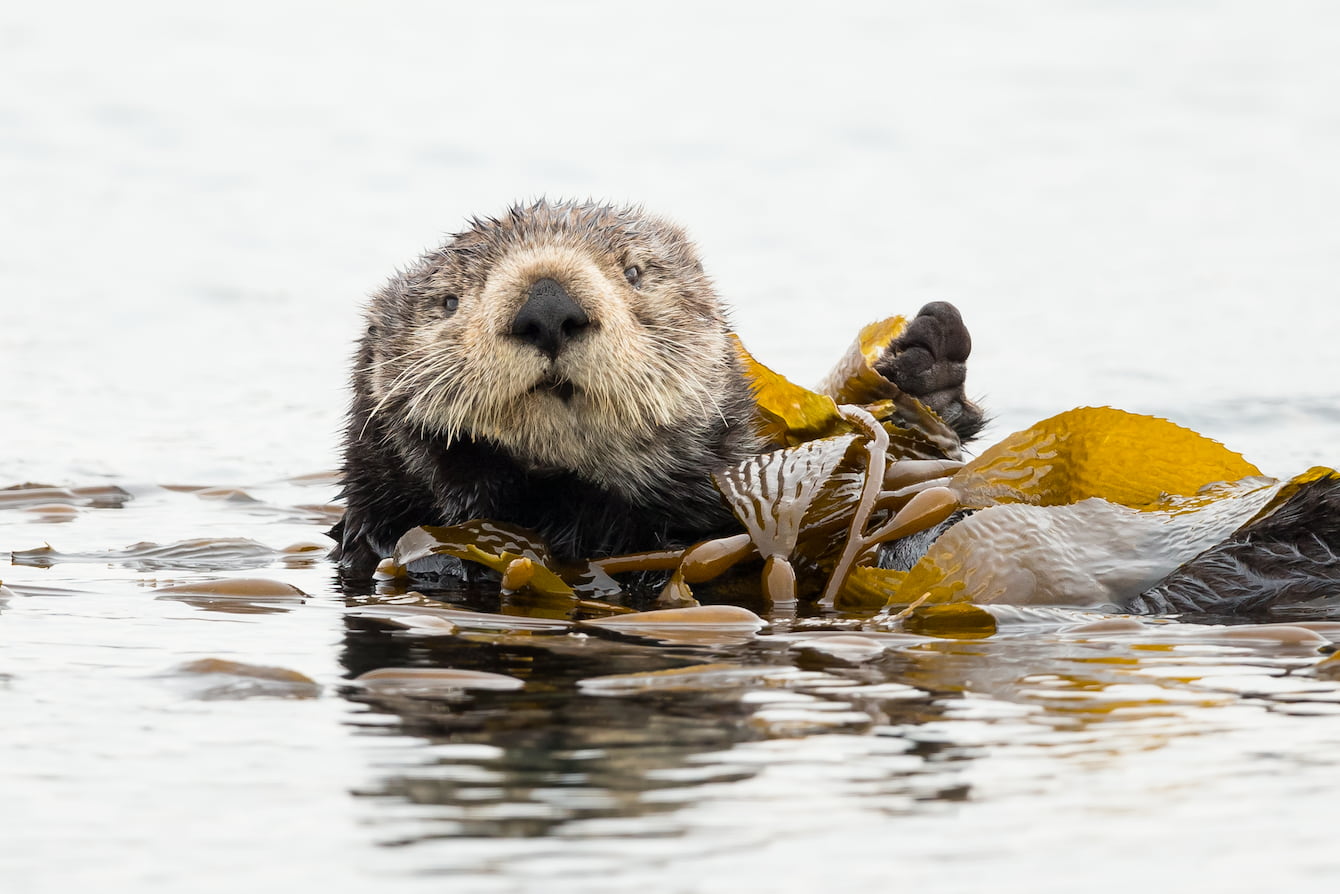
Bull kelp forests support wild populations of sea otters and other beloved local species.
Support Sebastian, Mik, Ellen—and kelp
Want to give these amazing efforts a boost? You can support the bill by contacting your state representatives via the legislative hotline at (800) 562-6000 and urging them to vote yes on HB 1631.
